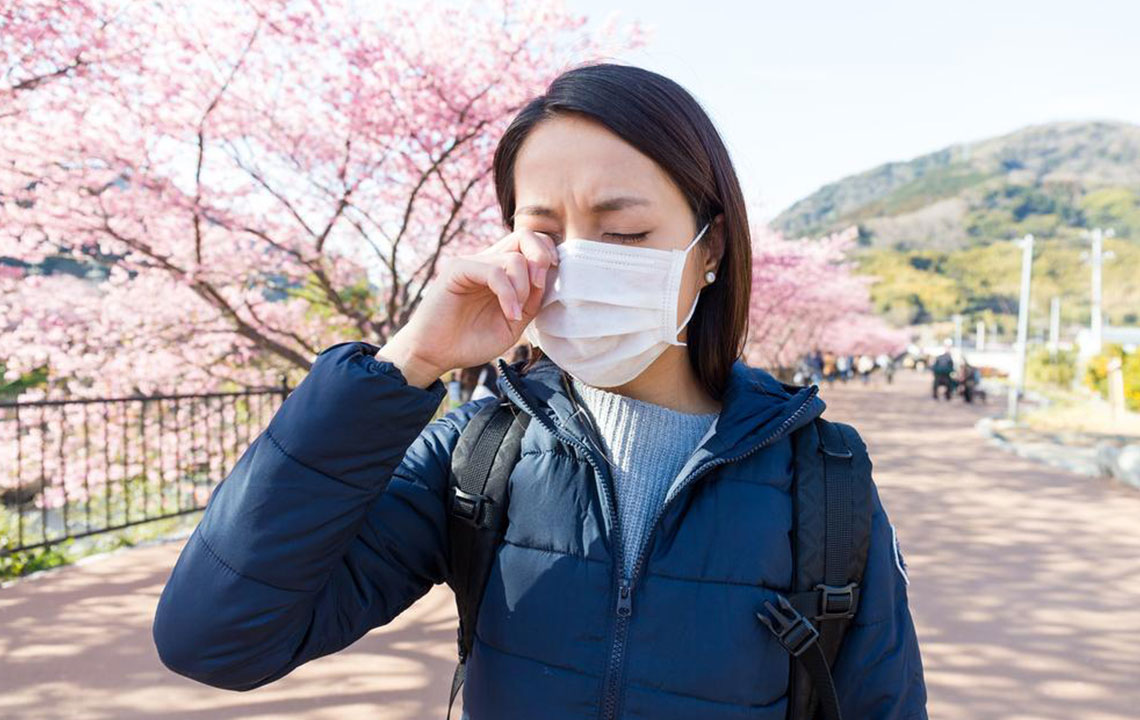Do Not Neglect These Child Allergy Symptoms
Allergies among children of various age groups is a very common phenomenon, but it hampers the immune system of the child and allows other infections to enter the body. Parents must keep a close eye on various child allergy symptoms for the better health of the little one.
An allergy is a condition where the immune system abnormally treats certain substances as irritants which may not necessarily be harmful to the body.

The child allergy symptoms can be anywhere from mild effects on the patient to being a potential threat to their quality of life. Hence it is imperative for parents and guardians to know about these allergies, so as to provide intensive care and proper medication to the child on time. The following are certain child allergy symptoms that can be diagnosed in the early onset of the illness to prevent the allergy from worsening.
- Breathing Difficulties
Breathing difficulties are one of the most common child allergy symptoms. In the case of respiratory signs, child allergy symptoms include irritable airways in the child that leads to uncontrolled coughing, wheezing, tightness of the chest, and also shortness of breath. Child allergy symptoms such as breathing difficulties are often encountered in allergic asthma, which is recorded as the most common type of asthma.
- Nasal Congestion
Postnasal drip is a very common child allergy symptom which is caused when there is an irritant or allergen that has entered the nasal passage causing nasal congestion. Mucus generated ends up dripping from the nose to the throat which can cause discomfort in the patient. This condition can worsen if not treated in time.
- Skin Rashes
This is by far the most common way to detect if a child is affected by any allergen in the environment. In this type of child allergy symptoms, the skin cells get irritated and display reactions due to the presence of any allergen. This may cause the skin to become scaly, itchy, and sometimes even develop redness on the surface. Skin rashes are child allergy symptoms that can be caused due to dermatitis or eczema (causing dry itchy skin) and angioedema (deep layers of skin get swollen in this condition).
- Coughing
Uncontrolled coughing, especially in the middle of the night, is another one of the prominent child allergy symptoms. This kind of allergy symptom is often mistaken for a simple cold rather than a serious allergy of some kind, and hence generally goes undiagnosed unless the coughing gets more serious with time.
- Improper Digestion
Child allergy symptoms like unexplained stomach ache occur on the onset of an allergy. Various allergies can also cause child allergy symptoms like improper digestion, constipation, vomiting, diarrhoea, and sometimes even bleeding while passing stools. This leaves the patient feeling very sick and causes their health condition to worsen if left untreated.
- Itchy Eyes
Various types of allergens cause child allergy symptoms like redness, itching and watering of the eyes. Certain kinds of cosmetics or eye drops can also cause these symptoms. Mainly airborne allergens cause such child allergy symptoms in the eyes, along with excessive swelling of the eyelids.
The reaction to different types of allergies may vary from one child to another. Some allergies can cause irritation only in one area, while some may develop into multiple child allergy symptoms that can get severe over a period of time. Anaphylaxis is a type of a severe allergic reaction that can prove to be fatal if not diagnosed and treated in time. Hence it is very important, especially for parents and guardians, to understand the illness in order to control and avoid various kinds of child allergy symptoms that may be observed in the patient.
Children may or may not be able to let the adults know what they are going through. The responsibility of recognizing and suitably treating child allergy symptoms falls on the adults.




